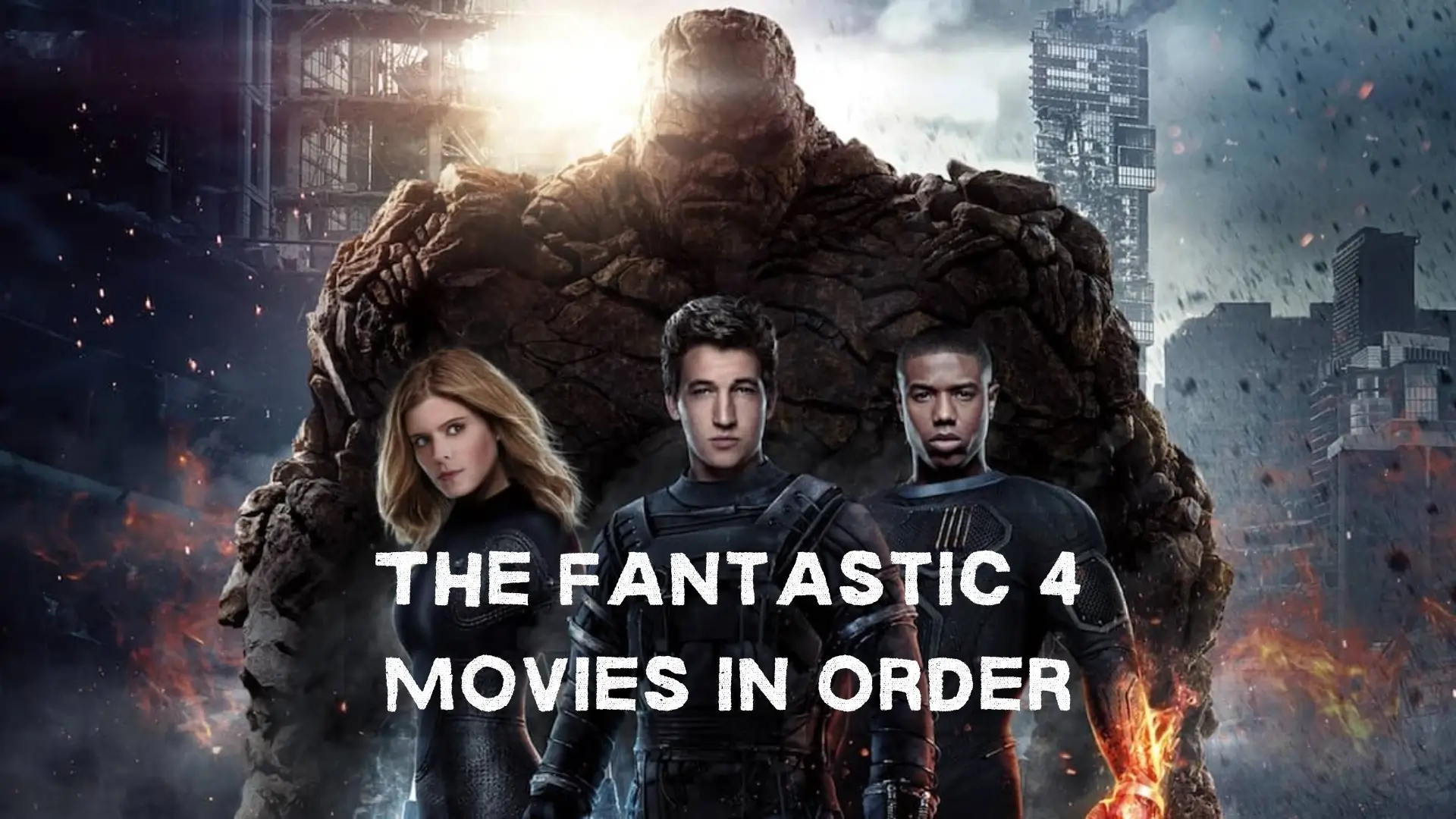Marvel’s first superhero team, The Fantastic Four, has had an interesting journey on the big screen, starting with an unreleased 1994 movie. Over the years, several adaptations have attempted to bring the characters’ comic book origins to life, showing how four ordinary people gained extraordinary powers after a cosmic radiation accident. Each film has taken a different approach, some successful, others not, but all contributing to the rich cinematic history of the Fantastic Four. In this guide, we’ll take a closer look at each film, discussing the storylines, cast, and how the franchise has evolved.
Why Watch the Fantastic Four Movies in Order?
Watching the Fantastic Four films in order isn’t just about seeing their origin story; it’s also about witnessing how these characters have been reimagined over time. You’ll see different takes on how they deal with being superheroes and the challenges they face—both as a team and individuals. From the low-budget 1994 film to the big-budget reboots, and now with their upcoming integration into the Marvel Cinematic Universe (MCU), it’s an interesting evolution of Marvel’s “First Family.”
A Brief History of the Fantastic Four on Screen
Over the years, the Fantastic Four films have had mixed reviews, with some being praised for their action and effects, while others were criticized for weak storytelling. Despite this, the franchise remains significant in Marvel’s history, having paved the way for more superhero adaptations and cinematic universes. Whether you’re a long-time fan or new to the series, there’s value in revisiting these films to see how they laid the foundation for future superhero movies.
Chronological Order of the Fantastic Four Films
1. The Fantastic Four (1994)

The Fantastic Four (1994) is something of a cult classic, though it was never officially released. Directed by Oley Sassone and produced by Roger Corman, this low-budget film has gained a reputation for staying true to the original comic book story despite its limitations. In this version, Reed Richards (Alex Hyde-White), Sue Storm (Rebecca Staab), Johnny Storm (Jay Underwood), and Ben Grimm (Michael Bailey Smith) gain their powers after a cosmic radiation accident during a space mission.
Why It’s Important: This unreleased film holds a unique place in comic book movie history for its practical effects and earnest attempt to bring the Fantastic Four to life on screen, despite budget constraints. It has since developed a cult following among die-hard Marvel fans.
IMDb Rating 3.8/10
2. Fantastic Four (2005)
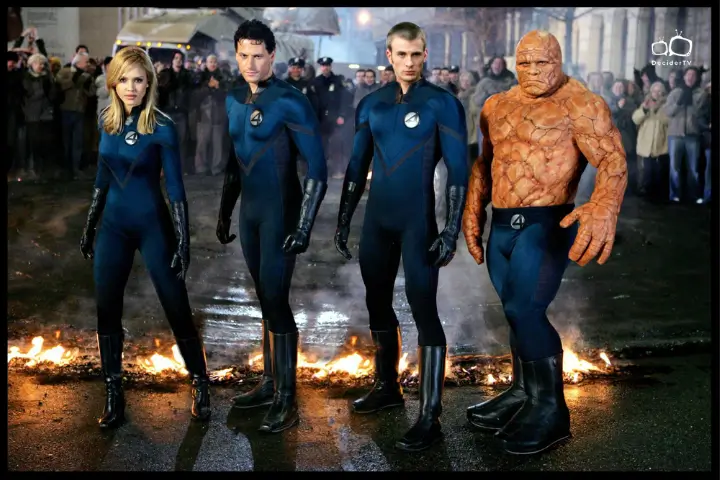
In 2005, the Fantastic Four made their first big-budget debut. Directed by Tim Story, this film reintroduced Reed Richards (Ioan Gruffudd), Sue Storm (Jessica Alba), Johnny Storm (Chris Evans), and Ben Grimm (Michael Chiklis) to a new generation of fans. The plot centers on their origin story and their first major battle against Doctor Victor Von Doom (Julian McMahon).
Strengths: The film is notable for its character dynamics, particularly the relationships between the four superheroes. It also showcased impressive special effects for its time.
Weaknesses: The movie received mixed reviews due to its predictable plot and lack of character depth, but it did well enough to warrant a sequel.
The film is important because it really sets the stage for the relationships between the four main characters, blending action and adventure with the personal connections that are key to the Fantastic Four comics. Although it received mixed reviews, with a 40 Metascore on IMDb, it did well enough to lead to a sequel i
IMDb Rating 5.7/10
3. Fantastic Four: Rise of the Silver Surfer (2007)
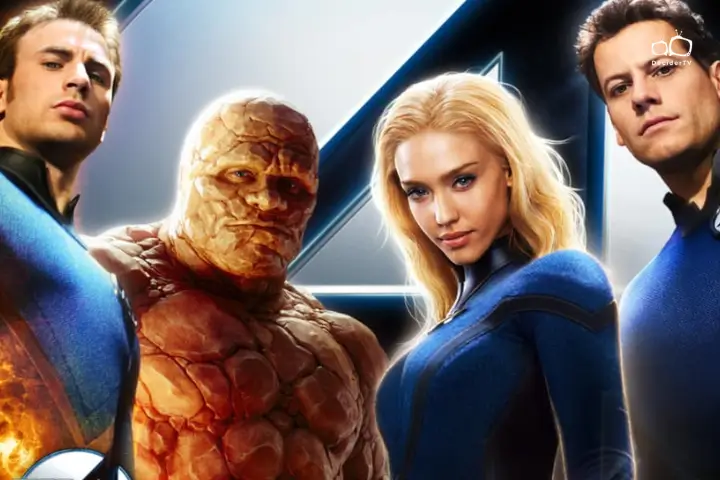
The 2007 sequel, Fantastic Four: Rise of the Silver Surfer, expands on the first movie by introducing the cosmic character of the Silver Surfer (performed by Doug Jones, voiced by Laurence Fishburne). The film brings more action and science fiction elements, as the team faces their biggest threat yet. The original cast returns, reprising their roles.
Why It’s Important: This film attempted to broaden the scope of the Fantastic Four universe by introducing larger-than-life cosmic threats, a key element in the comics. However, it received similarly mixed reviews, and the franchise struggled to reach critical acclaim.
The cast from the first film—Ioan Gruffudd, Jessica Alba, Chris Evans, and Michael Chiklis—returns to reprise their roles as the Fantastic Four. This time, we see the characters grow and adapt even more to their superhero identities. Julian McMahon also returns as the villain, with the Silver Surfer making his debut through a blend of performance capture and CGI. The film tries to expand the world of these heroes while still staying true to the spirit of the original comic s
IMDb Rating 5.6/10
4. Fantastic Four (2015)
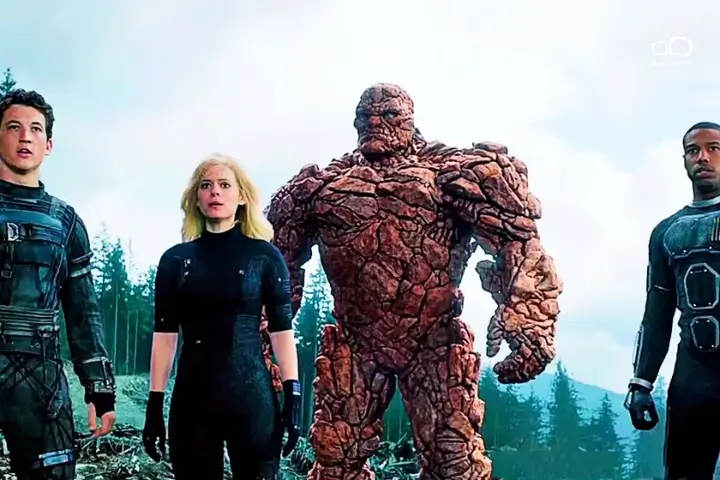
Directed by Josh Trank, the 2015 Fantastic Four reboot aimed to take a darker and more grounded approach to the superhero team. This film features a younger cast, with Miles Teller as Reed Richards, Kate Mara as Sue Storm, Michael B. Jordan as Johnny Storm, and Jamie Bell as Ben Grimm. After a botched interdimensional experiment, the four gain their powers and face off against a new version of Doctor Doom.
Strengths: The film attempted to explore more personal and psychological themes, including how the characters cope with their newfound abilities.
Weaknesses: The movie faced harsh criticism for its tone and pacing, and it ultimately underperformed at the box office. Despite the talented cast, the film struggled to capture the spirit of the Fantastic Four.
IMDb Rating 4.3/10
5. The Fantastic Four: First Steps (2025)
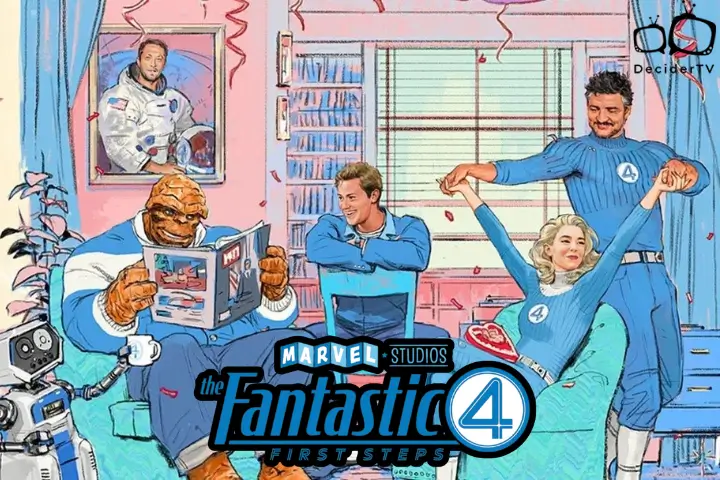
The Fantastic Four are set to return to the big screen in 2025, this time as part of the Marvel Cinematic Universe (MCU). Directed by Matt Shakman, this movie will reintroduce Reed Richards, Sue Storm, Johnny Storm, and Ben Grimm to a new generation of viewers. While details about the plot are still under wraps, it’s expected to stay true to the team’s origins while weaving them into the larger MCU storyline.
Anticipation: With the casting of big names like Vanessa Kirby as Sue Storm and Pedro Pascal as Johnny Storm, this film has already generated significant buzz. Fans are excited to see how Marvel Studios will handle the integration of the Fantastic Four into their established universe.
Critical Reception and Legacy
The Fantastic Four films have experienced varying degrees of success, both critically and commercially. The 2005 film grossed over $330 million worldwide but was criticized for its lack of character depth. The sequel, Rise of the Silver Surfer, saw a slight drop in box office numbers, earning $290 million. The 2015 reboot fared the worst, bringing in just $168 million globally, as audiences and critics alike found it lacking in both execution and spirit.
Despite all this, the Fantastic Four franchise is still an important part of superhero movie history. These films helped pave the way for ensemble superhero teams like The Avengers and have kept fans curious about how this iconic team will fit into the ever-expanding MCU.
Conclusion
By understanding the history and evolution of these films, viewers can appreciate the various interpretations of the Fantastic Four and their contribution to the superhero genre. With the upcoming MCU integration, there’s never been a better time to revisit these classic films and prepare for what’s next.
Frequently Asked Questions
What is the correct viewing order for the Fantastic Four movies?
Start with the unreleased Fantastic Four (1994), followed by Fantastic Four (2005), Fantastic Four: Rise of the Silver Surfer (2007), and the reboot Fantastic Four (2015).
How many films are in the Fantastic Four series?
There are currently four live-action Fantastic Four films, with a fifth movie set to release in 2025.
Where can I watch the Fantastic Four films?
Most of the Fantastic Four films are available on streaming services like Amazon Prime, and some may be available on Disney+ depending on your region.
What makes the Fantastic Four significant in Marvel’s history?
As Marvel’s first superhero team, the Fantastic Four introduced the concept of a family unit of superheroes, laying the foundation for the more complex Marvel Cinematic Universe we see today.

